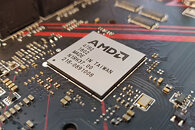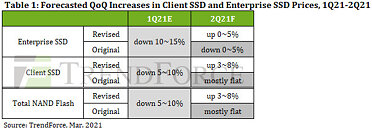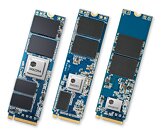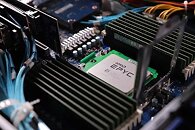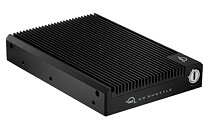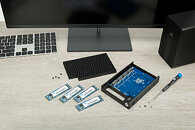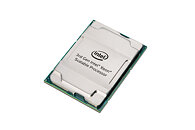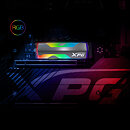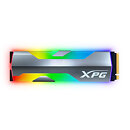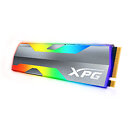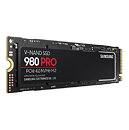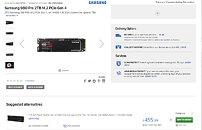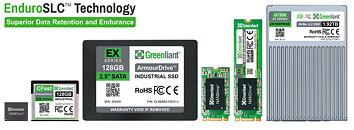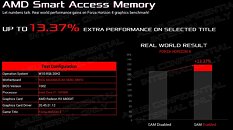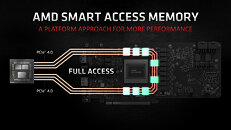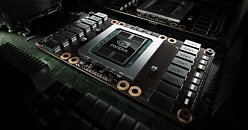
AMD Fixes Intermittent USB Connectivity Issues on 500 Series Chipsets, BIOS Update Arrives in April
AMD has four weeks ago acknowledged that there was a problem with 500 series motherboard chipsets. The problem has occurred with a few chipset functions like USB connectivity, USB 2.0 audio crackling (e.g. DAC/AMP combos), and USB/PCIe Gen 4 exclusion. To fix these problems, consumers were forced to either put up with problems or lower the PCIe standard from Gen 4 to Gen 3 and switch USB protocol revision from 3.0 to 2.0. This of course wasn't the ideal solution, especially for bandwidth-heavy applications. Users have submitted many reports to AMD, and the company appears to have found a root cause of these issues. AMD has published a Reddit thread, that reports that the company found a solution to the problem and that we are going to see a fix for it in a form in AGESA BIOS update.
AMD RedditAMD has prepared AGESA 1.2.0.2 to deploy this update, and we plan to distribute 1.2.0.2 to our motherboard partners for integration in about a week. Customers can expect downloadable BIOSes containing AGESA 1.2.0.2 to begin with beta updates in early April. The exact update schedule for your system will depend on the test and implementation schedule for your vendor and specific motherboard model. If you continue to experience intermittent USB connectivity issues after updating your system to AGESA 1.2.0.2, we encourage you to download the standalone AMD Bug Report Tool and open a ticket with AMD Customer Support.
